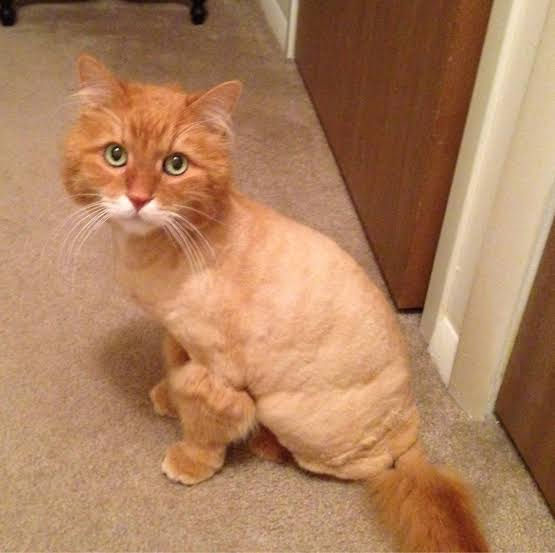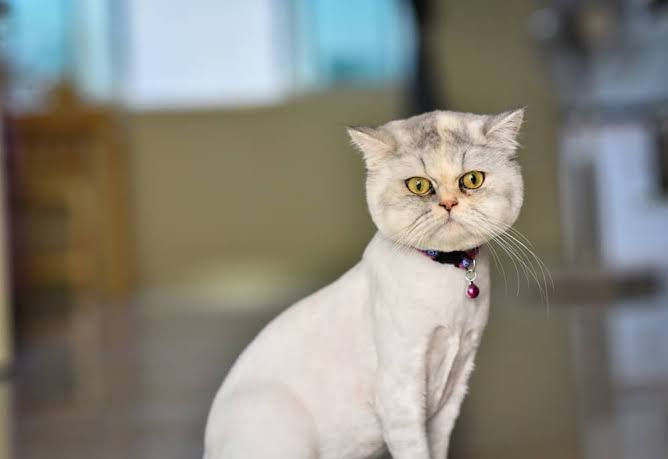Cat Shaving
- Lola ve Loki
- May 18, 2024
- 2 min read
Updated: May 27, 2024

Everything You Need to Know About Cat Fur and Shaving
Cats’ fur is not just an aesthetic feature; it plays a vital role in their health and well-being. In this article, we will explore why cats have fur, how it protects them, why it sheds, how they prepare for seasonal changes, the physical and psychological harms of shaving, and the specific circumstances when shaving might be necessary.
Why Do Cats Have Fur?
Cats’ fur serves several essential functions:
Protection: Fur acts as a barrier, protecting cats' skin from injuries, scratches, and sunburn.
Insulation: Fur helps regulate a cat’s body temperature. It prevents heat loss in cold weather and keeps them cool in hot weather.
Sensory Functions: Whiskers and certain other hairs serve as sensory organs, helping cats navigate their environment.
What Does Fur Protect Cats From?
Cats' fur shields them from various harmful factors:
Sun Exposure: Fur protects the skin from harmful UV rays.
Injuries: Fur provides protection against minor impacts and scratches.
Parasites: A thick coat can make it harder for some parasites to reach the skin.
Why Do Cats Shed Fur?
Shedding is a natural process for cats, and it happens for several reasons:
Seasonal Changes: Cats typically shed in spring and autumn to adapt to new seasonal conditions.
Stress: Stressful situations can increase shedding.
Diet: Poor or unbalanced nutrition can lead to increased shedding.
Health Issues: Skin diseases, allergies, or internal parasites can cause fur loss.
How Do Cats Prepare for Summer and Winter?
Cats naturally adapt to seasonal changes:
Winter Preparation: Cats grow thicker and denser fur in preparation for winter, which helps them stay warm in cold weather.
Summer Preparation: In spring, cats shed their heavy winter fur and develop a lighter coat to stay cool in the summer.

Why Is Shaving Cats Harmful?
Shaving a cat can be harmful both physically and psychologically:
Physical Harms:
Temperature Regulation: Fur helps cats regulate their body temperature. Shaving can impair their ability to stay warm or cool.
Sunburn: Without fur, a cat’s skin is exposed to direct sunlight, increasing the risk of sunburn.
Injuries: A lack of fur makes a cat’s skin more vulnerable to injuries.
Psychological Harms:
Stress and Anxiety: Shaving can cause significant stress and anxiety. Cats may feel insecure without their fur.
Behavioral Changes: Post-shaving, cats might exhibit unusual behaviors such as excessive scratching, licking, and hiding.
When Should Cats Be Shaved?
Shaving should only be done in specific situations:
Health Reasons: Severely matted fur or skin conditions might necessitate shaving.
Surgical Procedures: Certain areas might need to be shaved for surgeries.
Extreme Heat: In very hot and humid climates, shaving may be done on a veterinarian’s recommendation, but these cases are rare.

Conclusion
Cat fur is crucial for their health and well-being. Understanding the natural cycle of fur and providing proper care when necessary can help keep your cat happy and healthy. It’s important to recognize that shaving can be harmful and should only be done when absolutely necessary.

Comments